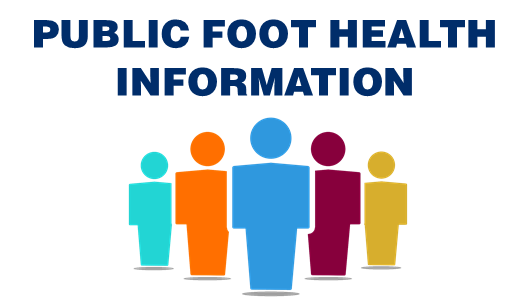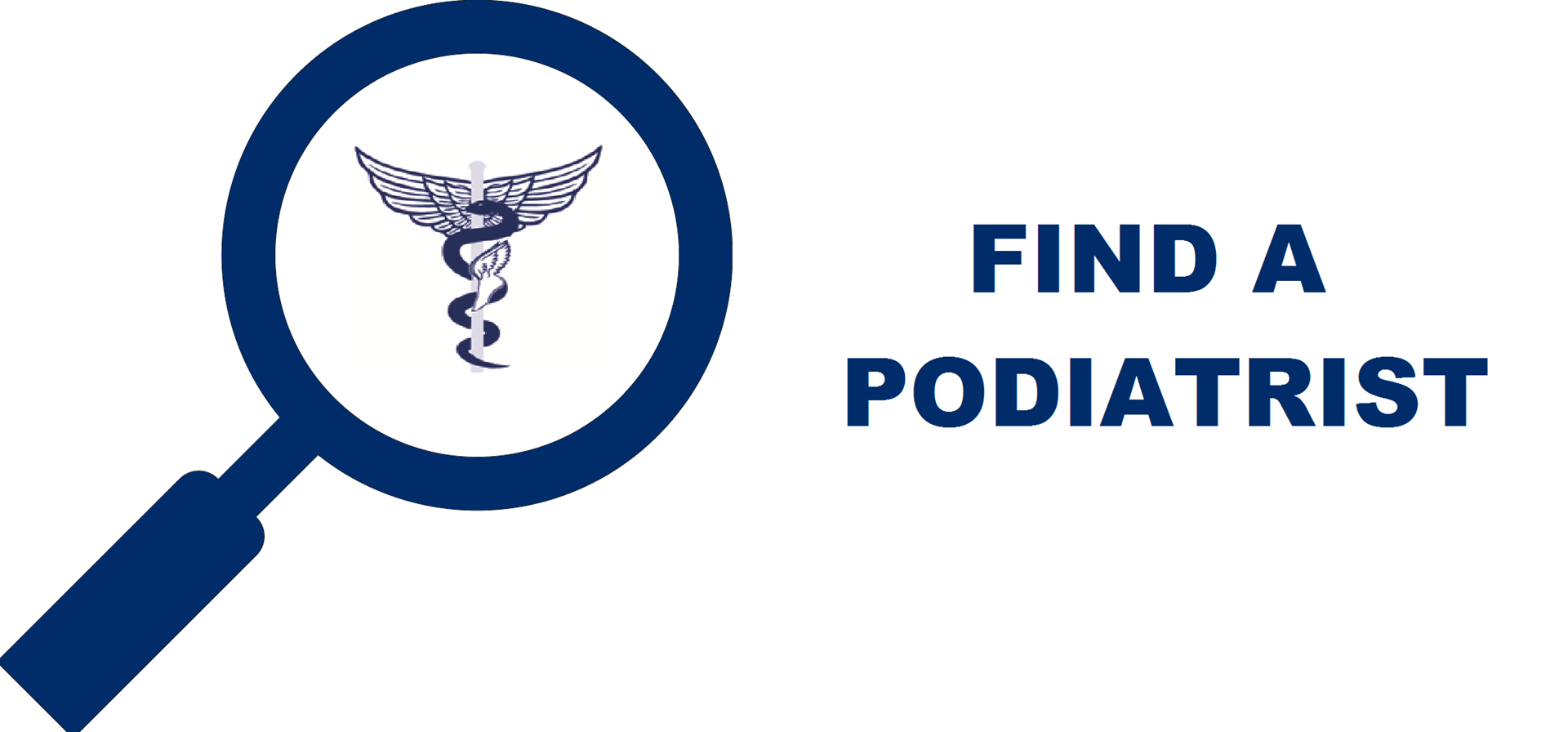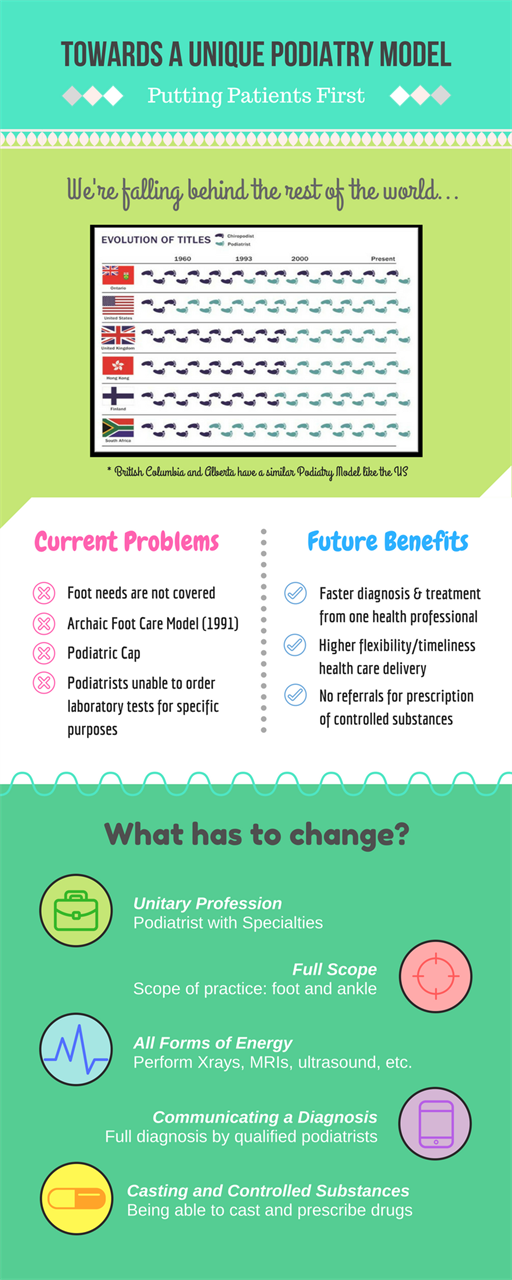Podiatry In Ontario
|
Originally, the term or title applied generally to the specialization in foot care was “chiropody”. The professional designation "podiatry" originates from the Greek "podi" (foot) and "iatros" (physician). Over the past half century, the term “podiatry” spread and today is the generally-accepted term in the majority of developed countries. In Ontario, the two professional titles reflect substantive differences in education and scopes of practices.
In Ontario, chiropodists appeared as a distinct specialization in the late 19th Century. As might be expected, their training was received in Britain . In the United States, chiropody was taught indigenously as a branch of medicine. The first association of chiropodists in North America was established in New York in 1895, which was also the year in which the profession became regulated for the first time – again in New York State – as a separate profession.[1] The first school of chiropody in North America was established in New York in 1912, with a medical doctor as president and with most faculty members trained as physicians.[2] Regulation for chiropodists in Ontario first occurred in 1925 under the Drugless Practitioners Act. During the Second World War, the supply of British-trained chiropodists dried up. Since there was no indigenous chiropody school, the gap was met by U.S. trained chiropodists migrating to Canada in increasing numbers. The Chiropody Act, which confirmed chiropody as a stand-alone, self-governing health care profession in Ontario, came into effect in 1944. The U.S. continued as the predominant source of new practitioners after the War and pursuant to regulations passed in 1950 and 1955, chiropody in Ontario gravitated away from the UK model, towards the U.S. model. In the early 1960’s, U.S trained Ontario-based chiropodists, following the lead of their colleagues in the U.S. , began calling themselves “podiatrists” and the profession as “podiatry”. In 1970, Ontario podiatrists were given OHIP billing privileges. In Ontario, podiatrists are a class of members of the College of Chiropodists of Ontario. The College is the professional regulatory body for both podiatry and chiropody under the Regulated Health Professions Act, 1991 and the Chiropody Act, 1991. To be eligible to practise as a podiatrist in Ontario, one must hold a "Doctor of Podiatric Medicine/DPM" degree from one of the nine Colleges of Podiatric Medicine in the United States, or from the podiatry program offered by the Université du Québec à Trois-Rivières campus. No podiatry school has yet been established in Ontario, or elsewhere in Canada. Entry to any of the podiatry programs in North America requires a baccalaureate (BA/BSc) degree in the sciences and successful completion of the Medical College Aptitude Test (MCAT). The podiatry program consists of four years of clinical and didactic study, followed by at least one year's residency or internship in a hospital. Ontario's podiatrists are one of only nine professions legally authorized to "communicate a diagnosis" [4] to their patients and to their patients' representatives identifying a disease or disorder of the foot. Registered podiatrists are also lawfully authorized to do the following:
Under the Ontario Health Insurance Act, OHIP partly covers podiatric assessments and treatments provided to patients to a maximum of $135 annually. Under the Healing Arts Radiation Protection Act, podiatrists may order and take x-rays for diagnostic purposes. Podiatrists practise primarily in private clinics in the community, although a few also act as consultants in public and teaching hospitals. Podiatrists also provide foot care services in some long-term care homes, in some retirement homes and some podiatrists make house calls to patients who are homebound. Since the Ontario government reaffirmed its adoption of the chiropody model 35 years ago, most comparable jurisdictions have transitioned or are transitioning to a podiatry model. In the UK, the profession is called "podiatry" and practitioners may call themselves either podiatrists or chiropodists, but a chiropody scope of practice persists. Members of the profession who complete additional education and obtain certification from the College of Podiatrists may practise as "podiatric surgeons" and perform bone surgery on the foot and ankle, as well as perform more extensive soft tissue surgery than that allowed to the UK's general practice podiatrists. In Ontario, the view gradually developed among chiropodists and the College of Chiropodists that Ontario's chiropody model simply isn't addressing the foot care needs of Ontarians. As a consequence, the Ontario Podiatric Medical Association, the College of Chiropodists of Ontario and the Ontario Society of Chiropodists joined together and asked the Minister of Health and Long-Term Care to initiate a review of Ontario's foot care model and the chiropody and podiatry professions by the Health Professions Regulatory Advisory Council (HPRAC). The objective was to adapt to Ontario a podiatry model similar to that which exists in all US states and the District of Columbia, Alberta, Saskatchewan and (to a lesser extent) Québec. The OPMA, the College and many other health professions and stakeholders believe that Ontarians should have access to the highest standard of foot health and foot care delivery. HPRAC's report was released by the Minister in March 2017 and was widely disparaged within the healthcare sector because it recommended only a rebranding of the profession from "chiropody" to "podiatry". The OPMA takes the position that a simple name change accomplishes nothing and will actually add to confusion amongst patients, the public and other health care practitioners because they won't be able to distinguish between a podiatrist who has been trained as a chiropodist and a podiatrist who is been trained as a podiatrist. The OPMA continues to work with the College, the Ministry of Health and Long-Term Care and other stakeholders to achieve the goal of a true podiatry model in Ontario. Notes: [1] New York State Podiatric Medical Association (NYSPMA). "About us". Who we are. NYSPMA, 2014. [2] American Podiatric Medical Association (APMA). "Historical Highlights of APMA". APMA, 2014. [3] United Kingdom. Department of Health. NHS Chiropody Task Force. "Feet First". National Health Services Executive, 1085. 16M9, 1994. |
|






